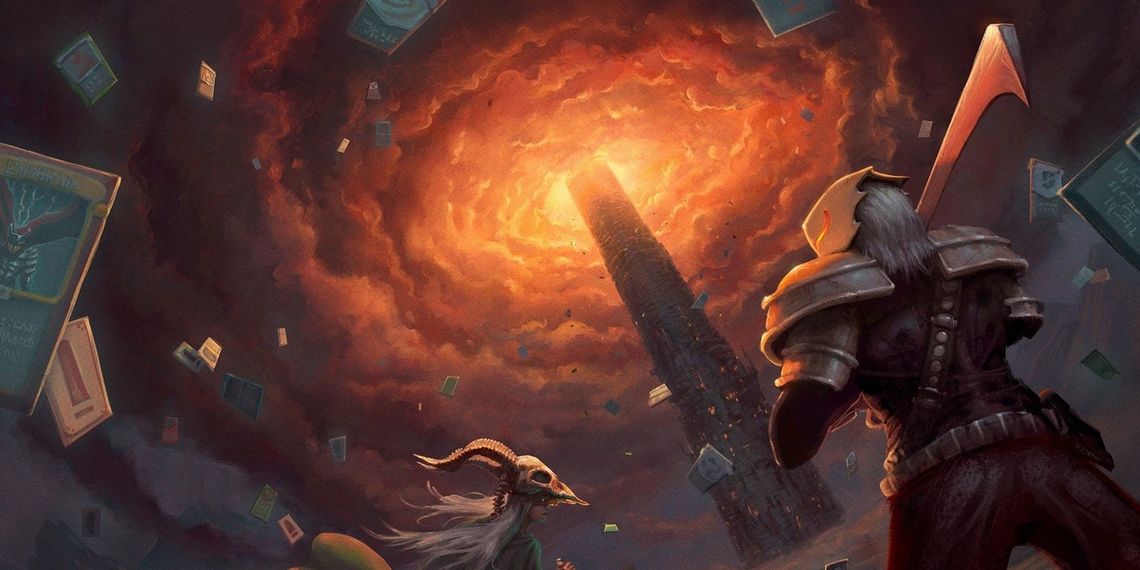'Taking Risks Is Actually the Least Risky Thing You Can Do.' Slay the Spire Dev Appeals to Publishers and AAA Game Developers
Casey Yano of Mega Crit studio believes developing „hyper-engaging” games isn't as risky as following trends.

Game publishers don't like risk. After all, it's hard to blame them, since even "certain" titles can sometimes fall below the expectations of both buyers and investors. However, the dev of Slay the Spire believes that sometimes taking risks is a safer option than chasing trends.
At least that's what Casey Yano from Mega Crit studio said during the State of PC Gaming stream. One of the PC Gamer site's editors thought it was appropriate to ask the developer to what extent producers and publishers should follow trends after the unexpected success of Helldivers 2.
Risky Slay the Spire
It was no coincidence that the journalist addressed such a question specifically to Yano. The American quit his previous job to focus on developing games. That alone was risky, but the developer chose an unusual combination of roguelike and card game for his first project. Additionally, designed for single players. At first glance, this is clearly not a mix that would lead to greater success.
Today, four years after its premiere, Slay the Spire is often cited as another example of an original indie game that achieved great success and inspired many other devs. On Steam, the game has almost 154 thousand reviews, of which only 3% are negative. As you can see, the risk paid off for Mega Crit studio. The title also made it to other platforms.
Games set the trends, not the other way around
However, Yano believes that such crazy ideas are still less risky than following trends. According to the developer, people are eager for something new.
If any big companies are listening: Taking risks is actually the least risky thing you can do. People just want novelty. If you see a strange flavor of ice cream, you're gonna try that ice cream. I want to try the weird ice cream. I'm just saying--the pineapple mint sorbet I had the other day was incredible.
Michael Douse echoed this from the Larian studio, who mentioned changes in game marketing in the same conversation. The company's Publishing Director believes that it's not trends that define "game" (i.e. what is being developed), but rather it decides what is fashionable.
As an example, he mentioned Slay the Spire, which release resulted in the appearance of many copycats. Douse stated that deck-building games will now appear, even if they "go out of fashion." Of course, thanks to Mega Crit studio, which paved the way for other developers who want to create card games for a single player.
Games not for everyone
Douse also pointed to Slay of the Spire as an example of a "hyper-engaging game," i.e. one that is aimed at a specific audience. This is a stark contrast to the approach of large publishers, who try to reach as many players as possible. This assumption is evident in the frequent "casualization" of games and, as the dev from Larian Studios expressed it, concern about "what a given title should be."
The success of Balatro - another "roguelike" card game, which doesn't care about multiplayer and mass audience, yet achieved phenomenal success (to the surprise of its creator) is a clear testament to this.
Balatro's completely unbothered by any notion of what it 'should' be, and is really just focusing on what it can be and what you want to make. We're definitely going to see more of that in the PC space.
Of course, it could be argued that it's easier to talk about risk for small teams than for large publishers, on whose decisions the fate of more people depends. Not every intriguing indie game gets attention, let alone benefits its creators.
We could also cynically note that Mega Crit studio itself hardly listens to its own advice. The team's next title is the recently announced sequel to Slay the Spire.
